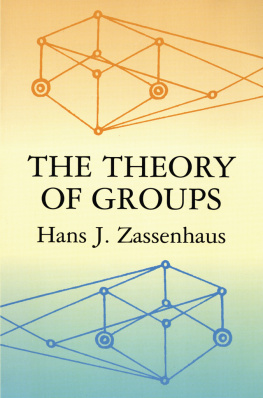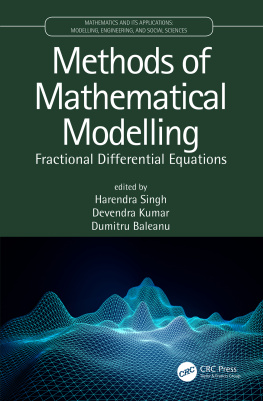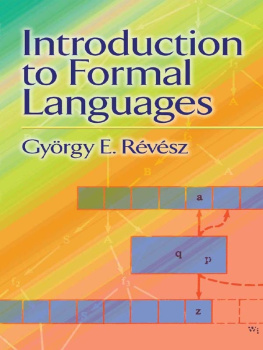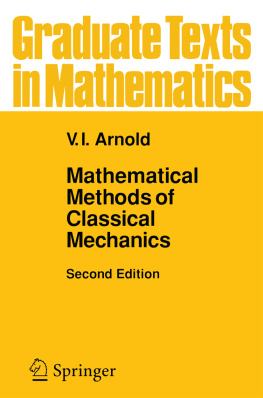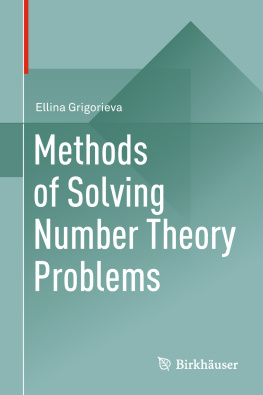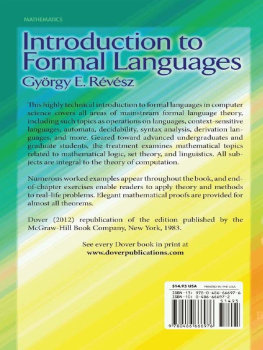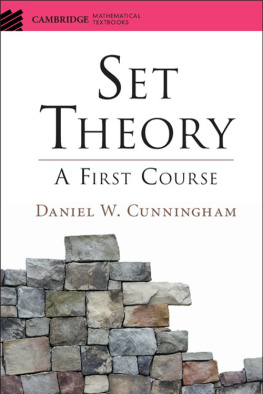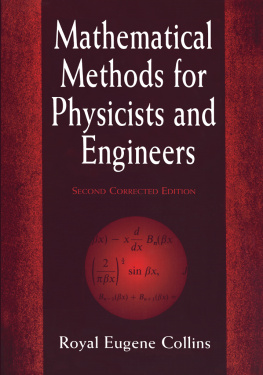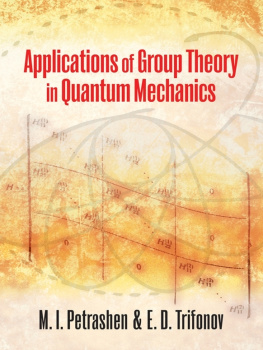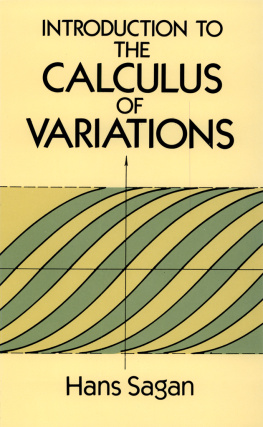THE THEORY
OF GROUPS

Hans J. Zassenhaus
DOVER PUBLICATIONS, INC.
Minelo, New York
Bibliographical Note
This Dover edition, first published in 1999, is an unabridged republication of the Second Edition of the work, which was originally published in 1958 by the Chelsea Publishing Company, New York, New York.
Library of Congress Cataloging-in-Publication Data
Zassenhaus, Hans.
[Lehrbuch der Gruppentheorie. English]
The theory of groups / Hans J. Zassenhaus. 2nd ed.
p. cm.
An unabridged republication of the second edition originally published in 1958 by Chelsea Pub. Co., New York.
Includes bibliographical references and index.
ISBN 0-486-40922-8 (pbk.)
1. Group theory. I. Title.
QA174.2.Z3713 1999
512.2dc21
99-37651
CIP
Manufactured in the United States by Courier Corporation
40922803
www.doverpublications.com
PREFACE
Investigations published within the last fifteen years have greatly deepened our knowledge of groups and have given wide scope to group-theoretic methods. As a result, what were isolated and separate insights before, now begin to fit into a unified, if not yet final, pattern. I have set myself the task of making this pattern apparent to the reader, and of showing him, as well, in the group-theoretic methods, a useful tool for the solution of mathematical and physical problems.
It was a course by E. Artin, given in Hamburg during the Winter Semester of 1933 and the Spring Semester of 1934, which started me on an intensive study of group theory. In this course, the problems of the theory of finite groups were transformed into problems of general mathematical interest. While any question concerning a single object [e.g., finite group] may be answered in a finite number of steps, it is the goal of research to divide the infinity of objects under investigation into classes of types with similar structure.
The idea of O. Hlder for solving this problem was later made a general principle of investigation in algebra by E. Nther. We are referring to the consistent application of the concept of homomorphic mapping. With such mappings one views the objects, so to speak, through the wrong end of a telescope. These mappings, applied to finite groups, give rise to the concepts of normal subgroup and of factor group. Repeated application of the process of diminution yields the composition series, whose factor groups are the finite simple groups. These are, accordingly, the bricks of which every finite group is built. How to build is indicatedin principle at leastby Schreiers extension theory. The Jordan-Hlder-Schreier theorem tells us that the type and the number of bricks is independent of the diminution process. The determination of all finite simple groups is still the main unsolved problem.
After an exposition of the fundamental concepts of group theory in describes a method by which solvable factor groups may be split off from a finite group.
For the concepts and methods presented in follows a paper by Fitting, while the proof of the basis theorem for abelian groups, and Schreiers extension theory, are developed on the basis of a course by Artin. The presentation of the theory of p-groups makes use of a paper by P. Hall. The section on monomial representations and transfers into a subgroup has also been worked out on the basis of a course by Artin. In addition one should consult the bibliography at the end of the book.
Many of the proofs in the text are shorter andI hopemore transparent than the usual, older, ones. The proof of the Jordan-Hlder-Schreier theorem, as well as the proofs in , owe their final form to suggestions of E. Witt.
I am grateful to Messrs. Brandt, Fitting, Koethe, Magnus, Speiser, Threlfall and v. d. Waerden for their valuable suggestions in reading the manuscript. I also wish to thank Messrs. Hannink and Koluschnin for their help.
The group-theoretic concepts taken up in this book are developed from the beginning. The knowledge required for the examples and applications corresponds to the contents of, say, the book by Schreier and Sperner, Analytische Geometrie und Algebra, Part I (Leipzig, 1935) [English translation: Introduction to Modern Algebra and Matrix Theory, Chelsea Publishing Company, New York, 1951]. A historical introduction to group theory may be found in the book by Speiser, Theorie der Gruppen von endlicher Ordnung (Berlin, 1937).
I would suggest to the beginner that he familiarize himself first with , and also with the corresponding exercises. Then the program outlined in this preface will become clear to him.
H ANS Z ASSENHAUS
PREFACE TO THE SECOND EDITION
The revision made in this work consists almost entirely of additions to the material of the first edition. In particular, there have been added in , each of which is closely related to one of the chapters of the book.
Since the appearance of the first edition of this work, lattice theory has been developed, by the combined efforts of O. Ore, A. Kurosh, J. von Neumann, G. Birkhoff, and others, into an independent discipline of modern mathematics. As a consequence, attention has been drawn to certain aspects of abstract group theory, in particular, by H. Wielandts work on the lattice formed by the subnormal subgroups of a finite group. An account of the connections between lattice theory and group theory, which I consider promising for further investigation, has accordingly been added (see ).
.
Many advanced exercises have been supplied illustrating both lattice-theoretical ideas and the extension of group-theoretical concepts to multiplicative domains (see ).
I am grateful to Professor C. Williams-Ayoub, Professor D. G. Higman, Professor B. Noonan, and to the editor for their valuable suggestions in reading the manuscript.
Finally, I wish to express my appreciation of the encouragement and assistance given me both by the Summer Research Institute of the Canadian Mathematical Congress at Kingston and by the Institute for Advanced Study at Princeton.
H ANS Z ASSENHAUS
M C G ILL U NIVERSITY
July, 1956
CONTENTS
II. T HE CONCEPT OF HOMOMORPHY AND
GROUPS WITH OPERATORS
III. T HE STRUCTURE AND CONSTRUCTION OF
COMPOSITE GROUPS
I. ELEMENTS OF GROUP THEORY
1. The Axioms of Group Theory
D EFINITION : A group is a set in which an operation called multiplication is defined under which there corresponds to each ordered pair x, y of elements of the set a unique third element z of the set. z is called the product of the factors x and y, written z = xy. For this multiplication we have
I. The associative law: a(bc) = (ab)c.
II. The existence of a left identity e with the property ea = afor all elements a of the group.
III. The solvability of the equation xa = e for all elements a of the group.
The associative law states that a product of three factors is determined solely by the order of its factors, its value being independent of the insertion of parentheses.
We assert: A product of arbitrarily many factors is determined solely by the order of its factors.
In order to prove this, let n be a number greater than three and assume the statement true for products of fewer than n factors. We write, for every m < n, a product of

